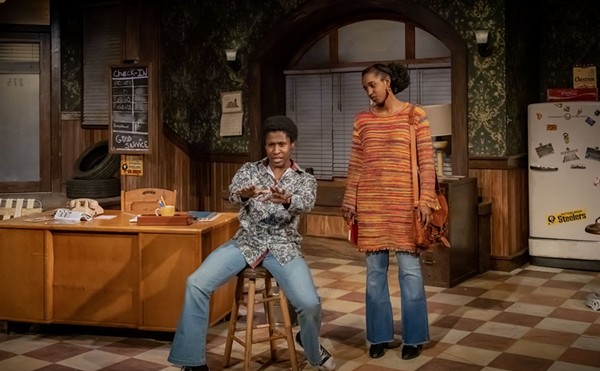It was the paper dress, offered in 1966 by the Scott Paper Company as a promotional gimmick for its "Color Explosion" bathroom tissue. Patterned in either psychedelic paisley or Op-Art plaid, the "Paper Caper" could be had for $1.25. Half a million flew off the shelves, and before long, you could send in box tops from everything from frozen pie to hair bleach and get cheap, disposable, but oh-so-trendy frocks. Paper even went haute couture, with Dior and Halston designing them for fashion legends like the Duchess of Windsor.
By 1970, paper dresses -- which, it turned out, were itchy and had a troubling tendency to catch fire -- were consigned to the trash compactor of pop history.
Yet the idea of paper clothing continues to fascinate designers. Stephanie Snyder, a fashion-design student at Kent State University, explains the challenge: "One of the main problems is conforming the paper and manipulating it to fit the human body," she says. As a class project, Snyder and her classmates were given huge rolls of paper and asked to create clothing with a nature theme. They folded it, creating pleats, and crumpled it to make ruffles. "Mine was inspired by the ocean," Snyder says. "It's long, with a train, and is very short in the front. It's definitely a little outlandish."
Snyder and her classmates will model their paper creations at Sans Fabrique, a fashion show at the Cleveland Center for Contemporary Art. One student's dress, yellow with petals, resembles a daffodil; another, with flowing "fabric," evokes the wind.
Though her favorite fabric is matte jersey, Snyder enjoyed making something beautiful out of ordinary, ephemeral material. Though paper clothing isn't likely to make a fashion comeback, Snyder still made her dress practical. "Our professor [Betty Davic] told us, 'When you're designing it, remember that real people have to wear it.'"












